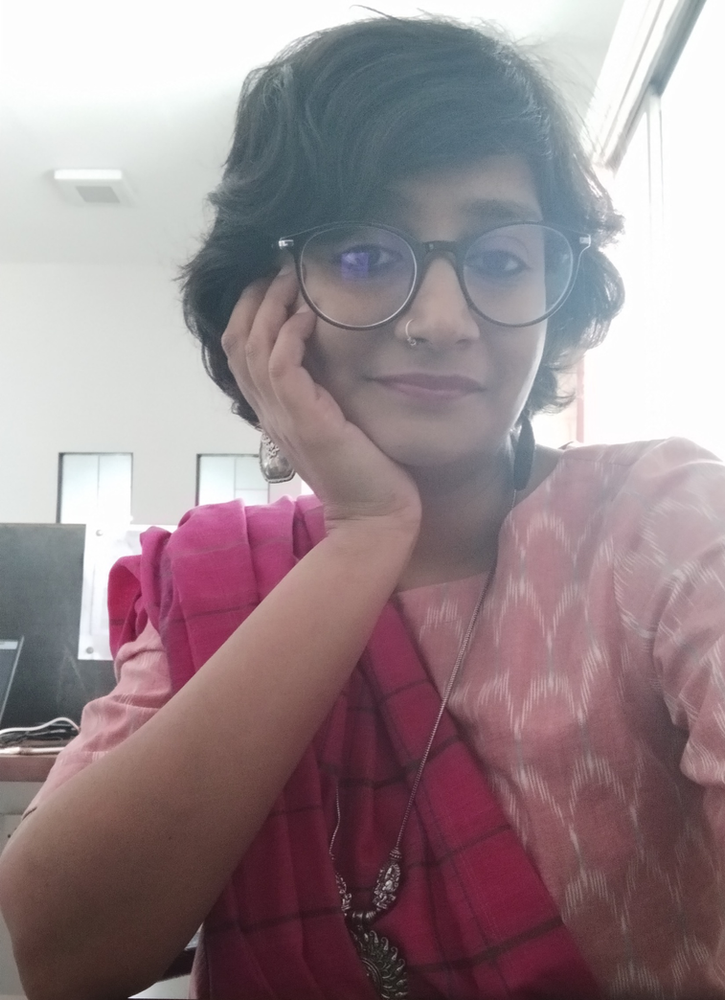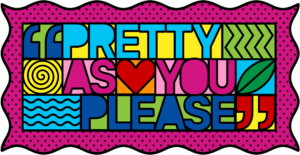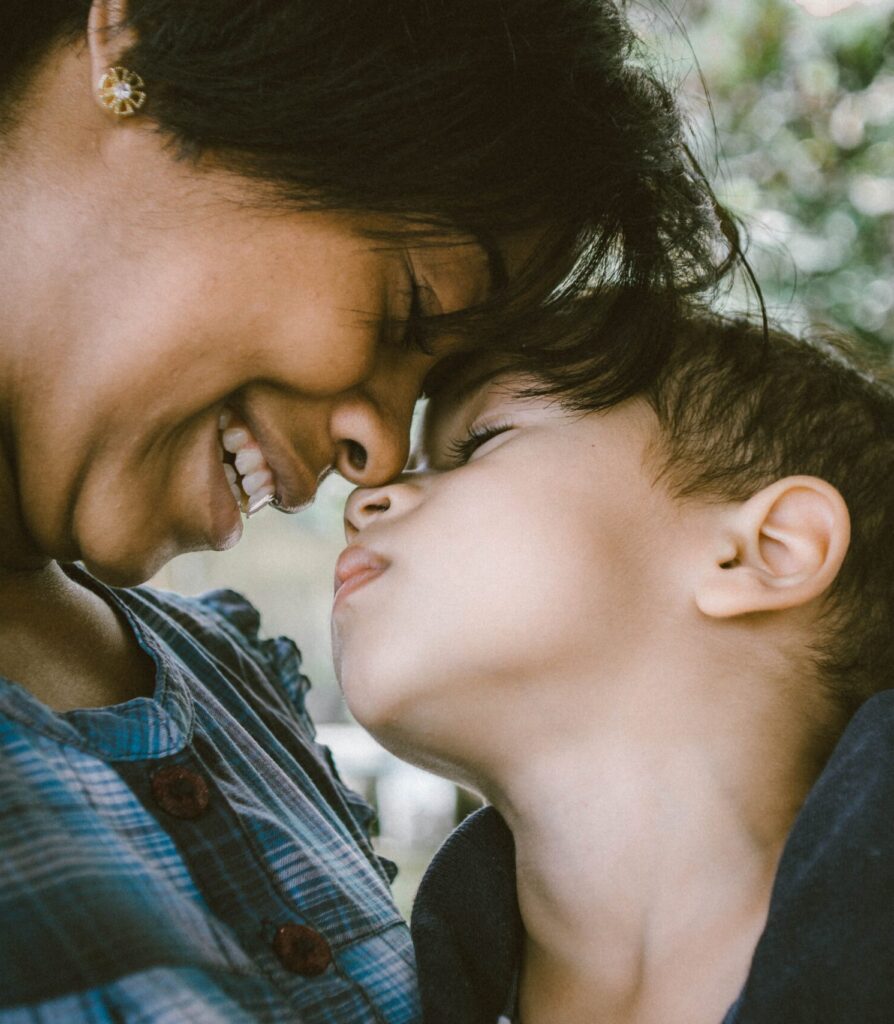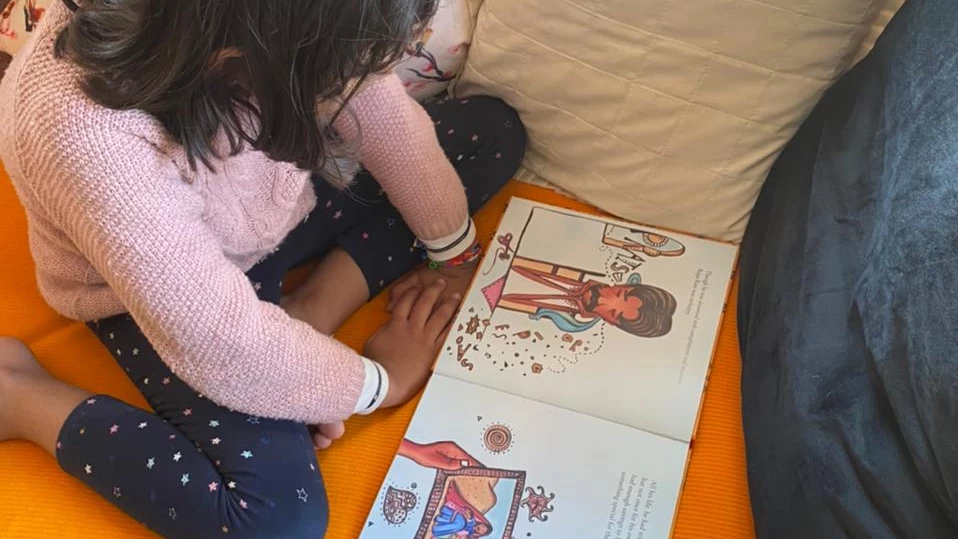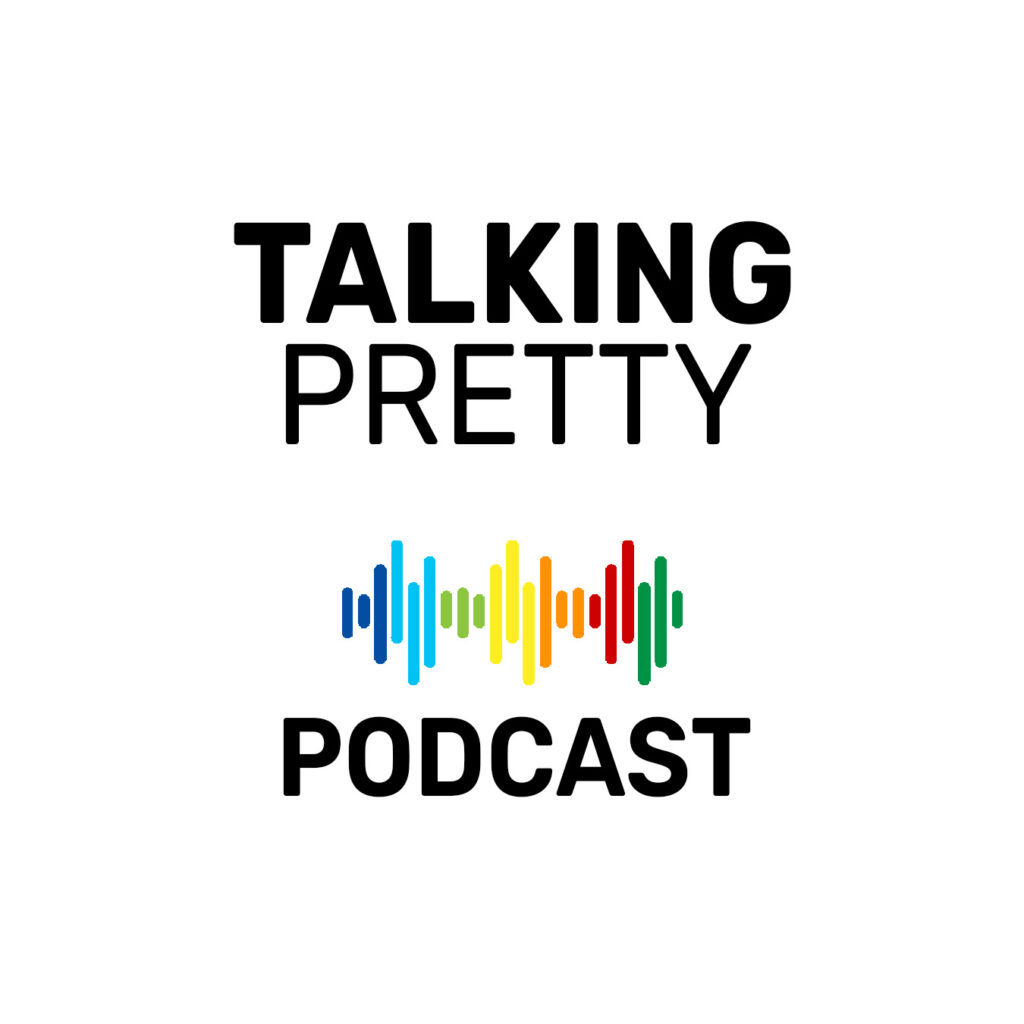Early childhood is when children develop most of their attitudes—towards learning and towards their sense of self. In pedagogical terms, we call this socio-emotional development. Often erroneously understood and limited to a child’s expression and management of their emotions, the socio-emotional domain is, in fact, quite a dynamic domain. It includes, but is not limited to, the development of a child’s self-awareness or how they see themselves, an understanding of and an interest in others’ belief systems and how those compare with their own, exhibiting empathy and an attitude of care towards others. This also includes understanding gender and identity.
Socio-economic development may start with something simple like a self-attribution (I am so small!) and move on to an emerging awareness of an internal, psychological understanding of who they are, how that compares to others and how others see them. This is remarkable because this implies that a child as young as 4 may already have started developing a social identity! Further, they are not selfish beings but are learning to navigate social relationships, empathise with others, maybe even try to make sense of another self they may encounter.
While a lot has been said about gender socialisation—the constant messaging around defining a boy or a girl—not enough is said about how children start perceiving themselves and others, and how this intersects with a gendered understanding of the world. And where and how adults, as parents, teachers and caregivers, need to step in.
At 5, Rehmat moved to a new school with a strict uniform policy she hated. She told her parents all she wanted was wear shorts and climb trees. They spoke to the school, which, however, turned down their request. So Rehmat went to an alternative learning space with no uniform. Today, she identifies as asexual and prefers no pronouns but accepts she/her in the interest of convenience. Rehmat believes it was her parents’ (and grandparents’) ready acceptance of her wishes and needs that made it easier for her to accept herself.
Gender, sex, who am I? Introducing kids to gender and identity

Each of us wants to be the parent who lets conversations about gender, sex, self-identity flow organically. We want to let our child know it is OK to be who they think they are, to be their true self. To bring in, as naturally as possible, the belief that there is no templatised way of being, that the world is not made of binaries, that you do not have to choose now, that who you think you are is not fixed or set in stone. But we often stop short, because we’re unsure of when to start, and how.
Well, just start already. As early as possible. If a young child of 4 is already starting to think of who they are, it’s better to give words and a voice to their self-expression. Show them it is OK to be who they believe or think they are. And to be empathetic enough to accept everyone else for who they are.
As children grow and start becoming aware of their various body parts, they will start asking questions: What are those things on your chest, Mom; Why does Papa stand and pee while I sit down in the toilet; Why do you wear dresses and Papa doesn’t; What is this thing hanging between my legs? According to child sex educator Swati Jagadish, one should give children the correct names of body parts. Wee-wee and ting-ling may seem cute but they neither add to the child’s knowledge nor their ability to understand their body or their self, especially when it comes up, later, in the garb of science curriculum. The point is, don’t other it. Have open and healthy discussions and entertain all your kid’s questions.
Of course, we may not always know how to have these conversations. How can we bring these ideas into our daily lives? My simple one word answer: Books!
LGBTQIA+ Books
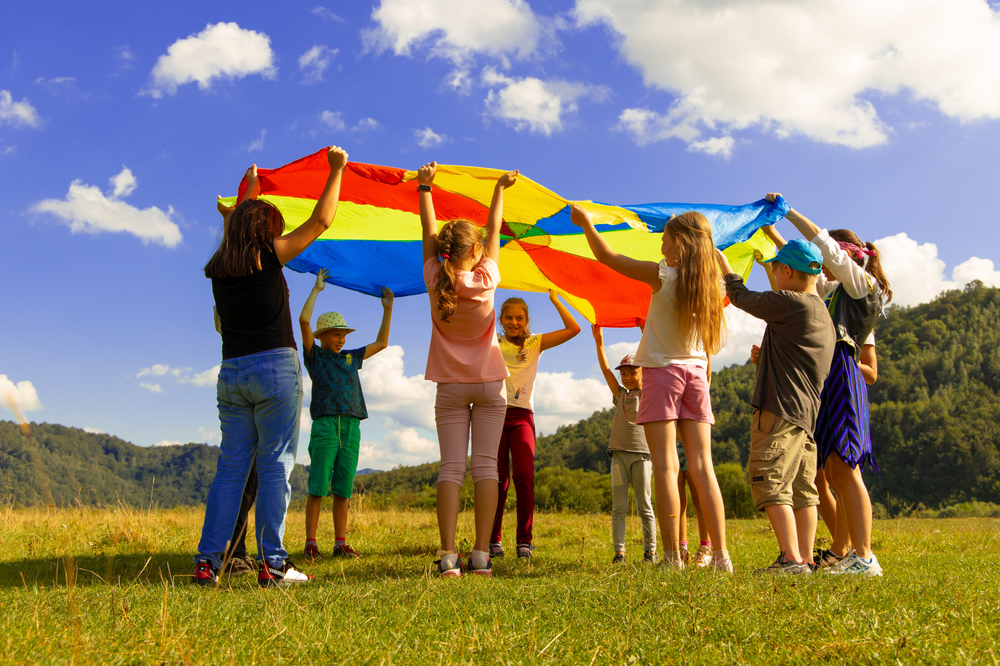
Books help a child empathise in ways you cannot imagine. As a parent, you can help them enjoy the diversity they will encounter in life and to give them a vocabulary for their own self-expression, by ensuring they are exposed to as many books and lives that live in them, as possible.
Books also give us, the adults, a vocabulary to talk to our children about things we may either be uncomfortable with or lack knowledge of. The good thing is there are many children’s books out there that reflect the diverse world we live in. Far from normative, they are imbibing and reflecting the greater acceptance in society about LGBTQIA+, about different types of family structures, and are actively challenging gendered roles.
In the recently-released shortlisted books for the Neev Book Awards, is the book published by Karadi Tales in collaboration with PARI (People Archives of Rural India), No Nonsense Nandhini. Written by Aparna Karthikeyan, it tells the story of Nandhini who juggles being a single parent with the challenges of running a farm all on her own and without a ‘male’ presence in her life. The Hindu Young World Goodbooks Awards, 2019, had on its shortlist Rajiv Eipe’s Ammachi’s Amazing Machine, where the ammachi (grandmother) invents machines, using simple science, which she and her grandson then use to make coconut barfis. These books, simple and endearing in their storytelling, appeal to young children and adults, while presenting a reality in uncomplex ways.
Some books also tackle difficult subjects on consent and sexual abuse. These vital subjects need to be talked about and books show us they can be handled with care.
Here is our book list of some of our favourite LGBTQIA+ books for you and your child. There are more. Many more. This is just a start!
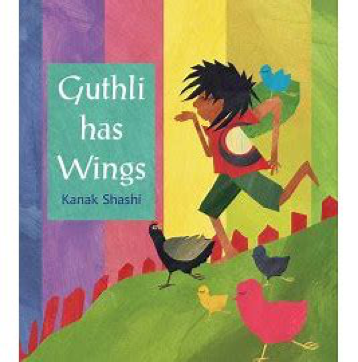
As you reach the middle of the book, you will be forced to pause and flip back to the start. The ‘she’ and ‘her’ pronouns flow so naturally through this story that unless you are paying close attention to the illustrations, you may not realise Guthli, who loves to dress up as a princess and a fairy, was told she is a boy. She doesn’t feel like one! She knows she is a girl. The story, told gently and without judgement, tries to uncover the layers of a child struggling to establish her own identity in the face of a world telling her who she should be. This book is great to introduce the idea of people who don’t identify with the sex prescribed to them at birth.
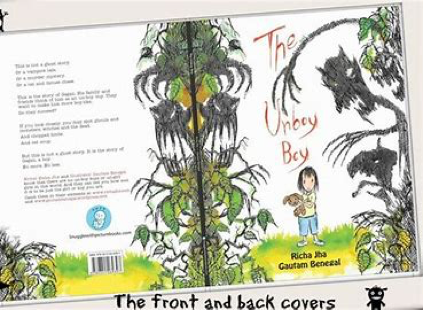
Gagan is a happy boy who loves to wish the sun, the flowers and the birds every morning. He does not enjoy stamping on the ants or the war stories his dadu tells him. He is called mousey, baby girl, chooha, sissy, scaredy cat! Everyone around him tries to make him act like a BOY boy. But Gagan does not understand that because he is convinced, he is a boy! This book tackles the dangers of gender stereotyping, while bringing in the idea that there are many ways of being and functioning that may and should not always match what the society thinks.
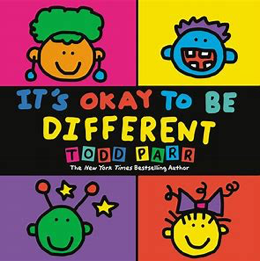
This is a great book to start with, if you just want to make your child feel proud of themselves. With simple text and illustrations, it focusses not specifically on gender identity, but on just one crucial thing: It’s OK to be different, whether in how we look, or in our likes/dislikes, our family and where we come from. It’s OK to have a pet worm or an invisible friend, and it’s OK to be adopted. ‘You are special and important just because of who you are’. Enough said!
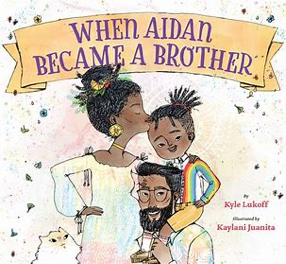
‘Everyone thought he was just a different kind of girl. Some girls had rooms full of science experiments and bug collections. Lots of girls didn’t wear dresses. But Aidan didn’t feel like any kind of girl. He was really another kind of boy. It was hard for him to tell his parents what he knew about himself.’
So many wonderful things can be said about this book! One, it is not only the story about a trans boy, but also about the different kind of girls and boys. It cannot be said enough: There really is no one way to be a boy or a girl. Two, the child is struggling and finding it hard to tell his parents what he already knows about himself—an important reminder for us adults. Three, it is also the story of the parents who embark on this journey with Aidan. Four, the story is about the new baby who joins the family and the responsibility Aidan feels in making sure the baby felt understood right away and not trapped in their room or what they thought they had to be. With simple sentences and vibrant illustrations, this book is a clear winner!
MUST-READ FOR PARENTS, TOO!
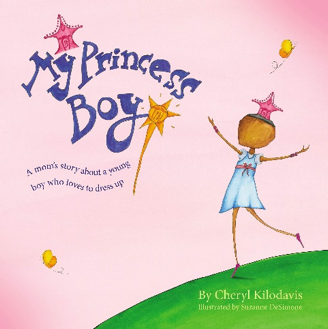
My Princess Boy is written from a parent’s perspective about their child who likes to dress as a princess boy. Princess boy may seem like an oxymoron because the terms prince, princess, boy and girl are gendered themselves and come with their own inherent set of rules on who wears what. But the freedom to explore an identity that works best for them should be left to a child.
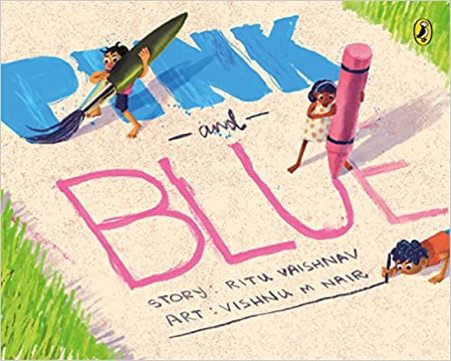
The mother of a precocious almost-5-year-old was heartbroken when she discovered her daughter was trying to establish that ‘girls can like and wear blue too!’ because a boy friend told her ‘pink is for girls and blue for boys’. These are daily ways in which gender is met, experienced and interacted with. Books like ‘Pink and Blue’ attempt to show how we can talk about gender stereotypes with our children.
P.S.: The recommended age is just a ballpark. You can try reading these books with younger children, too. You never know what they take away from a story!
. . .
